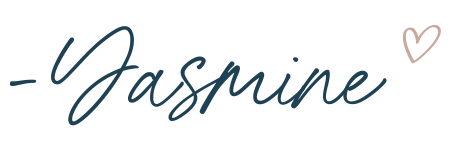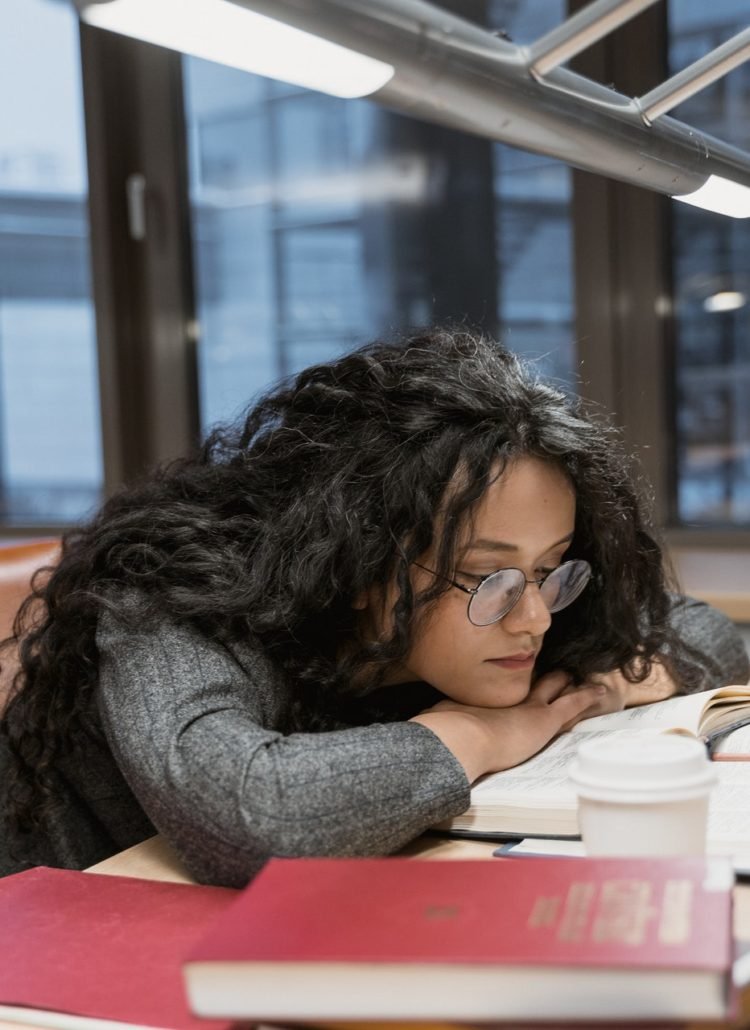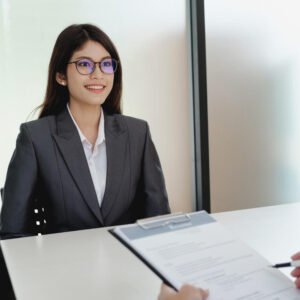
Have you ever read a medical book or an article and noticed the word "lateral"? Reading it, you may ask yourself, what does lateral mean in medical terms? Is it essential to remember it?
The word "lateral" has a special place in medical terminology. It means alongside or away from the median plane. But it's not used in a common language all that often since few people are familiar with the term.
In this article, we will look at what the term lateral means in medical terms and give you some tips to help you better remember this word as well.
So, are you ready? Let's dive in!
What is Lateral in Anatomy?


Lateral is a medical word used in anatomy to describe the sides of the body. The term is used to describe the sides of a structure or organ in relation to its own long axis rather than another structure.
For example, when describing the heart, it would be said to have a left and right lateral border.
It can also be used to describe structures at the side of another structure, such as the lateral lobes of the liver (i.e., those lobes on the outside of the liver).
Why Is It Important to Know Lateral Anatomy?
When you're a nurse, it's essential to know the lateral anatomy of your patients.
Why?
Because when you know where their organs are, you can better assess whether they're healthy or not. You can also provide them with more effective care because you'll be able to tell if they're in pain or need more help than what you can give them.
Knowing the anatomy of your patient's body will also allow for a more personalized form of care and treatment. This is especially true for patients in a hospital setting, where nurses may have more experience working with specific organs or areas of the body than others.
Examples of Lateral in Medical Terms


Here are some examples of lateral anatomy:
- The lateral surface of the tibia, or shin bone, is called the fibular crest. It is found on the outer part of your leg, where it meets with your lower leg bone or tibia.
- The lateral border line runs along the sides of your ribs and up to your armpits. This area helps protect internal organs from injury during physical activity by providing added support for them.
- The term "lateral" also refers to muscles that are located farther away from the center line of your body than other muscle groups. These muscles include biceps brachii (the muscle that flexes or bends your arm) and rectus abdominis (the muscle that flexes or bends forward at the waist).
What’s the Difference between Medial and Lateral?


The words medial and lateral are often confused. It’s easy to see why: They sound similar, and they both relate to the middle of things. But these two terms have very different meanings.
Medial refers to the middle of the body. For example, if you have a knee injury and your doctor tells you to rest your medial leg, they mean the inner side of your leg.
Lateral means away from the middle of your body or away from where your body is. So when you stand on one foot and straight up your arm, your arm will move laterally to your body.
Structures that are located on the Lateral part
There are several structures that are located on the lateral side of the body, such as:
- Muscles - Muscles that are located on the lateral side include the trapezius, latissimus dorsi, and teres major muscles. These muscles help us move our arms and shoulders.
- Veins - The veins that run along this side of the body include the external jugular vein, common facial vein, anterior jugular vein, posterior auricular vein, and retromandibular vein. These veins help return blood from the brain, face and head back to the heart after circulating through these areas.
- Nerves - Some nerves that run along this side of the body include the axillary, radial, median, and ulnar nerves, which send signals to your upper extremities. You also have brachial plexus, which sends signals from your spine down to your shoulder girdle area (scapula).
5 Tips to Remember Lateral Medical Terminology


Your memory is a muscle. The more you train it, the better it will be. But how do you improve your memory?
Here are five tips to remember lateral in medical terms:
1. Use mnemonics and rhymes
Mnemonic devices can be very effective at helping you remember lateral definitions. For example, the term "lateral" comes from the Latin word "latus," which means "side."
It's easy to remember the lateral definition if you think of it as "side by side."
That same idea can help you remember other related terms like "perpendicular" (which means "at right angles") and "parallel" (which means "next to").
2. Draw diagrams on paper
Drawing things on paper is a great way to help you memorize them. It also lets you visualize them better than just reading or talking about them. So if there's anything you want to learn, try drawing it out on paper!
3. Think about how the body moves
When learning lateral terms, think about how our bodies move.
For example, we use our arms when we reach out to touch something. Our hands move laterally when we open them up towards each other.
So when we look at an anatomy chart laterally, we will see all of these crucial muscles on either side of our bodies that are essential for movement.
4. Create associations between words
When you learn new words, try associating them with other words or concepts that are already in your mind (e.g., "lateral" with "side").
This will help you remember their meaning when someone uses them later in conversation or writing!
5. Use Flashcards
When you learn a new language, you must understand both the vocabulary and the grammar rules. The best way to do this is by using flashcards.
These cards contain information on one side, and the back side has a blank space for writing down your answers. You can create your own flashcards or use Kaplan’s anatomy flashcards.
6. Quiz yourself
Quiz yourself regularly on things that you've learned so far. This will help keep everything fresh in your mind so that when it comes time for an exam, you'll know exactly what's expected of you!
7. Use a visual cue
If you already have a memory aid for lateral, then use it! If not, try drawing an arrow that points from left to right and add a few words in front of it to visualize the word when you need it.
This will help you remember what lateral means and give you the confidence to use it in conversation or on an exam!
8. Practice over and over again
When learning about lateral positions, it is essential to practice over and over again until you have mastered each one.
Not only will this help you get better at positioning your patients quickly, but it will also improve your confidence level when dealing with them regularly.
Conclusion
The next time you need to remember Lateral Anatomy, keep these points in mind. Paired with mnemonic devices and visual cues, laterality will help you understand more complex structures and make studying much easier.
Sometimes learning from a new article isn't enough to completely commit the information-you may have to tie the context of your studies to what you already know about a subject.
This is how you learn and retain the most information, so make sure to make this part of your study routine!
FAQs
Why is it essential for nurses to remember medical terms?
Nurses must remember medical terms to know what they're talking about when treating patients. This is especially important in an emergency when time is essential.
Do nurses use medical terms in their daily life?
Yes, nurses are constantly using medical terms in their day-to-day lives.
It's not just when they're treating patients but also when talking to other nurses and doctors. They also use medical terminology when they're writing reports or filing paperwork.
What to do if I cannot remember medical terms?
If you find yourself in a situation where you can't remember the name of a medical term, there are several options.
First, if you can remember what the word means but not what it's called, simply ask your doctor or nurse to tell you the condition's name.
If you don't have access to medical professionals or have forgotten why you need to know the name of something in the first place, then try googling it!
There are plenty of online medical dictionaries, and they're pretty easy to find if all else fails.







